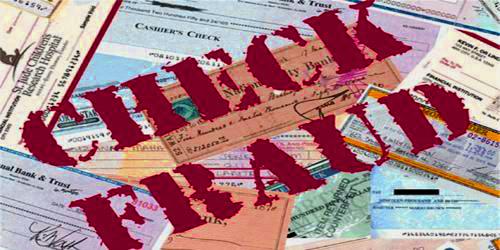Forgery of Drawer’s Signature
The term “forged check” is often used to describe a check on which the drawer’s signature is forged or unauthorized. Such a check is meaningless as far as the drawer whose signature is forged is concerned. The drawer’s genuine signature is necessary, after all, because it is the drawer’s account upon which the check is drawn. The drawer bank that pays a forged check is generally held responsible for the resulting loss. A counterfeit check has been regarded as the equivalent of a forged check. The bank should not be paying an instrument drawn by anyone else. Remember that a forged signature does not operate as the signature of the person named in the forgery. The forgery of a person’s signature usually imposes no accountability against the forgery sufferer, but the forger is responsible as a signer of the instrument, even where he signs in a name other than his own.
Section 23 (Indian Act) only applies to forged signatures or signatures made without the authority of the person whose signature purports it to be. The failure of the drawer to report the forgery within ten days from receipt of the monthly bank statement from the drawee bank does not preclude the drawer from questioning the mistake of the drawee bank despite the provision.












